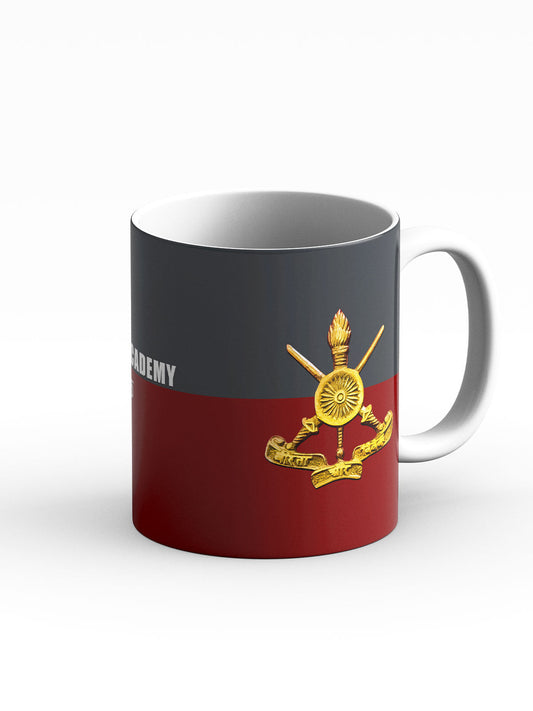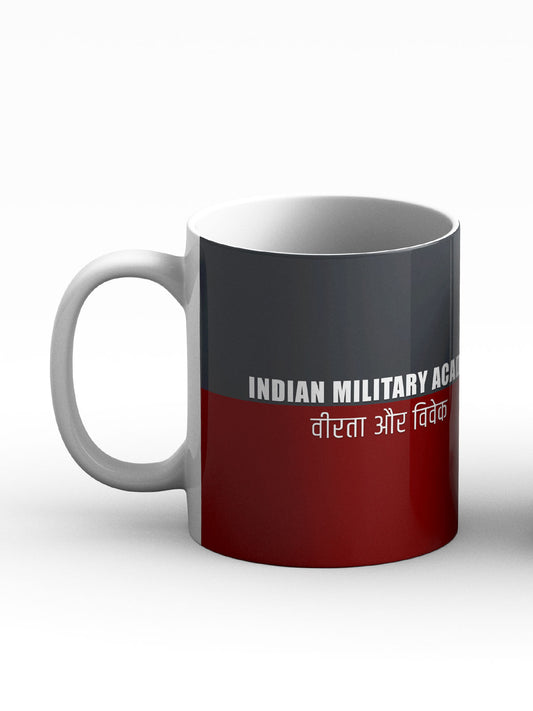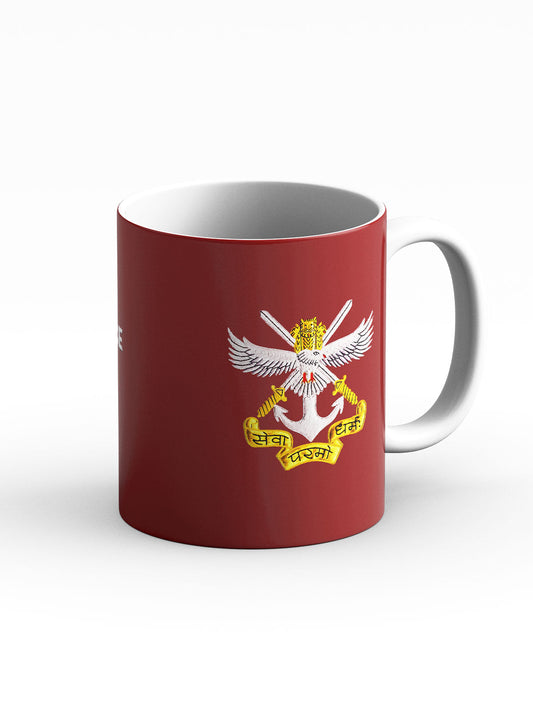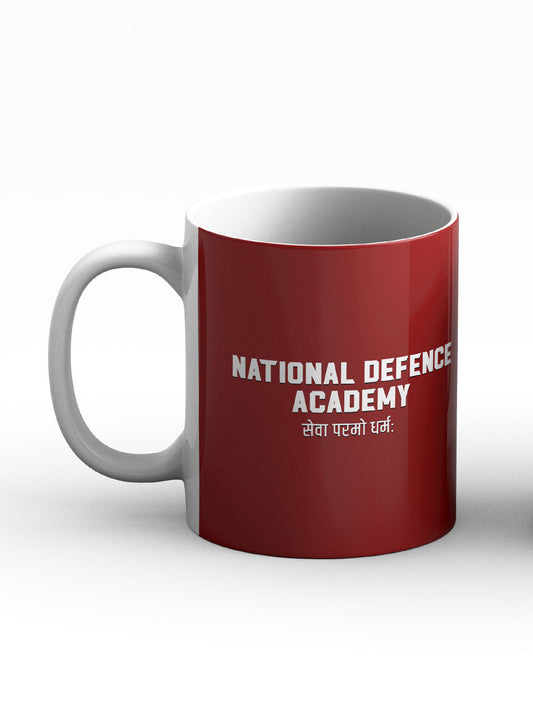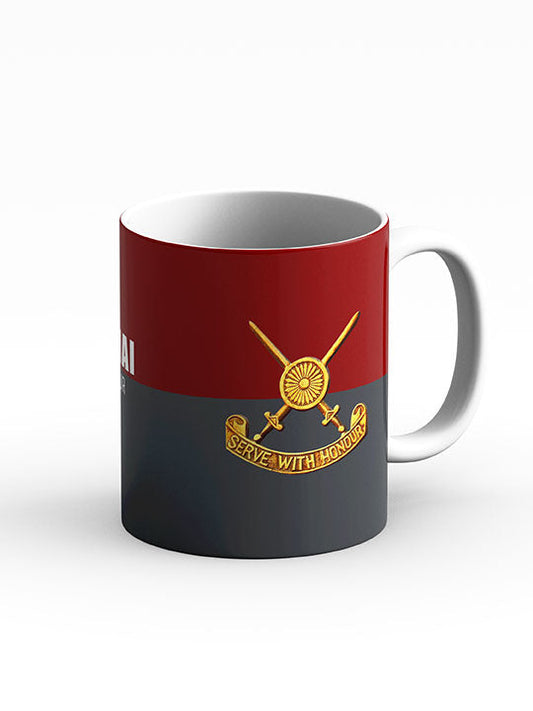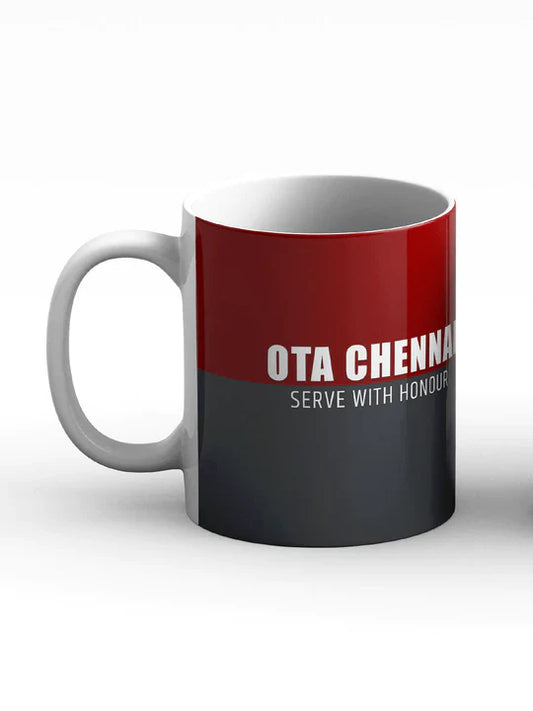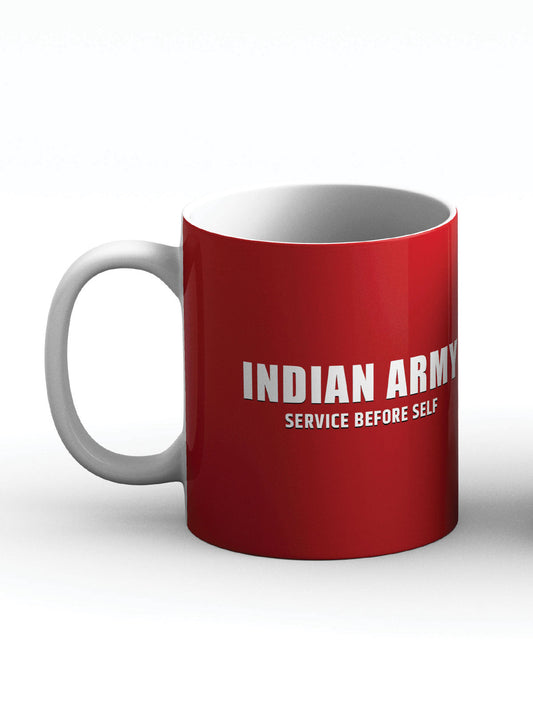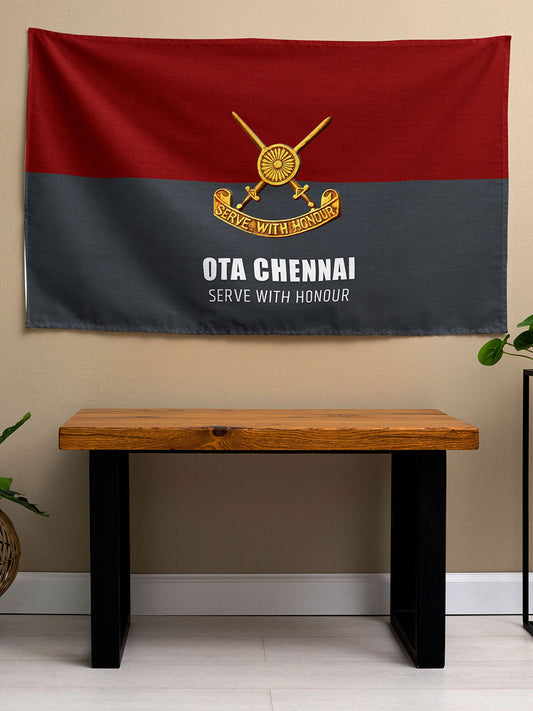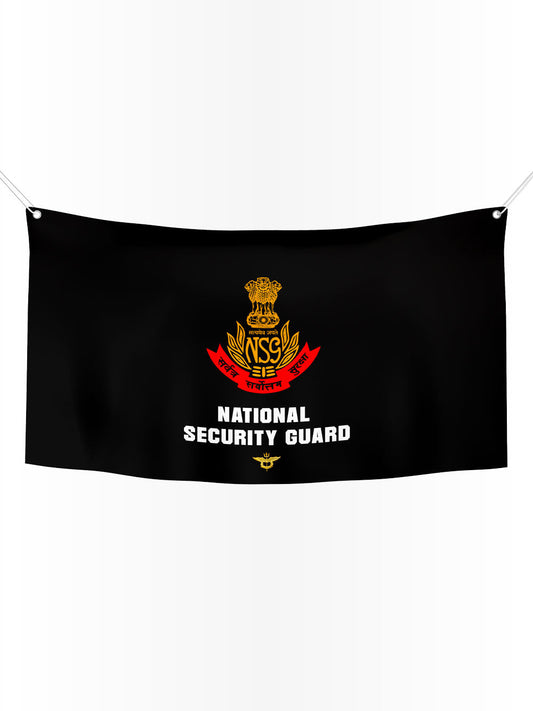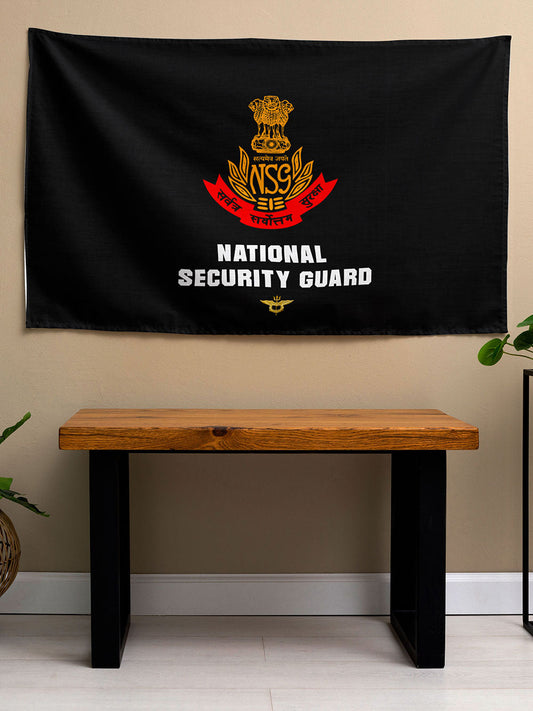NDA Exam vs. CDS Exam: Which One is Right for You?
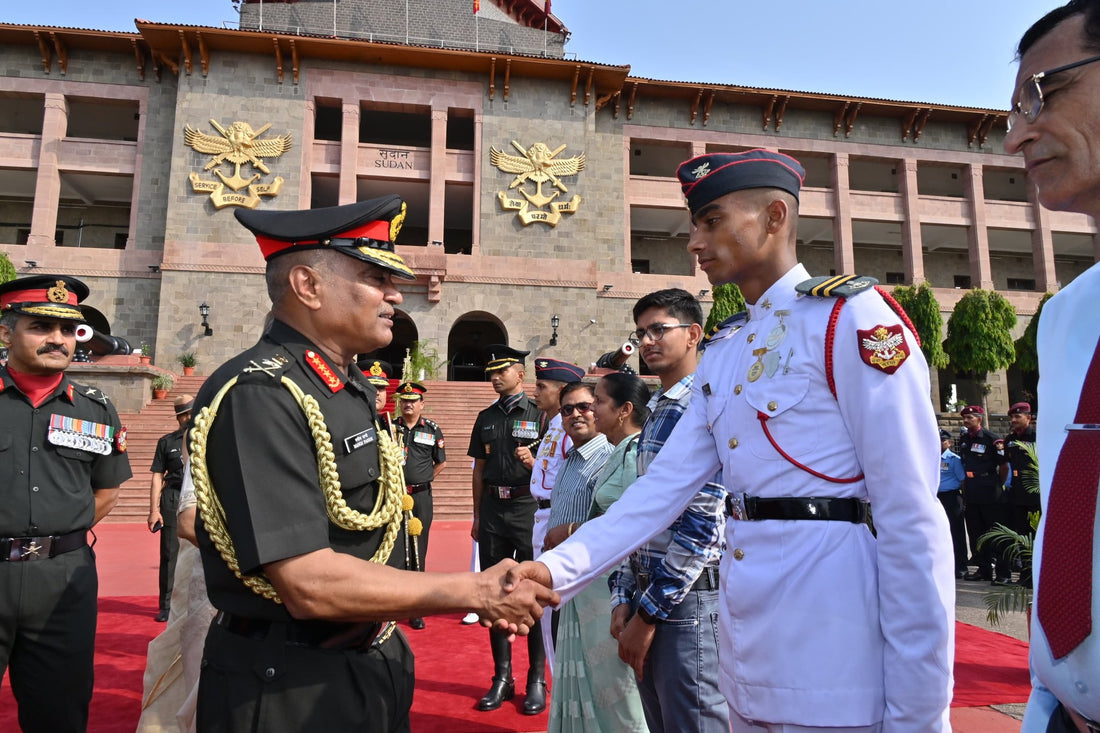
In the realm of defence examinations, the National Defence Academy (NDA) and the Combined Defence Services (CDS) exams are two pillars that attract numerous aspirants each year. Both serve as gateways to prestigious careers in the Indian Armed Forces, albeit targeting different candidates based on their educational qualifications and aspirations. With a plethora of choices, candidates often find themselves at a crossroads when deciding between these two routes. This article delves into the nuances of the NDA and CDS examinations, offering comprehensive insights and aiding you in making an informed choice.
Historical Context
The journey of defence examinations in India reflects the nation’s evolving military needs and educational frameworks. The NDA exam was established in 1954, following the foundation of the National Defence Academy in Khadakwasla, Pune, aimed at training young cadets to assume leadership roles in the Indian Armed Forces. The NDA is exclusively for candidates who have completed their higher secondary education, seeking entry into the Army, Navy, and Air Force.
Conversely, the CDS exam was introduced in 1918 but has undergone several modifications. Initially, it was designed to recruit candidates for the regular Army, Navy, and Air Force. Over the years, it evolved to allow graduates (and thus a broader demographic) the opportunity to serve in the defence forces, ensuring that personnel are not only well-trained but also well-educated.
Key Aspects of NDA and CDS Exams
Understanding the intricacies of both the NDA and CDS exams requires an exploration of their syllabi, eligibility criteria, application processes, and examination patterns. Here’s a detailed breakdown:
1. Eligibility Criteria
-
NDA Exam:
- Age Limit: Candidates must be between 16.5 and 19.5 years old on the date of commencement of the course.
- Educational Qualification: Candidates should have completed their Class 12th in the Science stream with Physics, Chemistry, and Mathematics for entry into the Navy and Air Force, or have completed Class 12th with any stream for entry into the Army.
-
CDS Exam:
- Age Limit: The age limit varies by the branch:
- Indian Military Academy (IMA): 19-24 years
- Indian Naval Academy (INA): 19-22 years
- Air Force Academy (AFA): 20-24 years
- Officers Training Academy (OTA): 19-25 years
- Educational Qualification: A bachelor’s degree is required, with specific requirements for certain branches (e.g., engineering for the Air Force, etc.).
- Age Limit: The age limit varies by the branch:
2. Exam Patterns and Structure
-
NDA Exam:
- The NDA exam consists of two papers: Mathematics and General Ability Test (GAT).
- Mathematics: 300 marks (short answers)
- GAT: 600 marks (includes English, General Knowledge, and Science)
- Total: 900 marks, followed by an SSB interview for selected candidates.
-
CDS Exam:
- The CDS exam has three compulsory papers (for IMA, INA, AFA): English, General Knowledge, and Elementary Mathematics (100 marks each).
- OTA has two papers (English and General Knowledge).
- Total marks for IMA, INA, AFA: 300; OTA: 200, also followed by an SSB interview for successful candidates.
Case Studies or Real-world Applications
Real-life experiences of candidates who have attempted both exams provide invaluable insights into their respective challenges and benefits.
- NDA Aspirants typically come from a younger demographic, often fresh out of school. For example, Ananya and Vikram, both attempted the NDA while in Class 12. Ananya, motivated by her dream to fly as an Air Force officer, found the multidisciplinary focus of NDA—more about physical endurance alongside academic excellence—suitable for her aspirations.
- CDS Candidates, often older and more stabilized, such as Rahul, who pursued his graduation in Engineering followed by attempting the CDS, illustrated the pathway of utilizing his academic background into a military career. Rahul appreciated the structured route it provided rather than a direct entry into cadet training.
Statistical Data and Research Insights
Analyzing the competitive landscape presents a clearer picture of the choice ahead. According to recent statistics:
- In 2023, approximately 4.5 lakh candidates appeared for the NDA Examination, whereas around 1.5 lakh candidates took the CDS exam.
- The selection ratio significantly differs: NDA typically sees a selection rate of around 4-5%, compared to 8-10% for the CDS, reflecting the practice of more candidates vying for a limited number of NDA positions.
This data underscores the competitiveness of these exams and emphasizes the need for effective preparation strategies.
Comparative Analysis
While both the NDA and CDS exams ultimately lead to careers in defence, they differ in maturity, approach, and candidate profiles:
- Curriculum: NDA’s rigorous training includes immediate tactical drills, while CDS focuses on tailored leadership skills for graduates.
- Age Factor: NDA applicants, being younger, might be more physically adaptable, while CDS candidates tend to bring maturity and life experience to their roles.
- Career Pathways: NDA cadets emerge as commissioned officers directly after training; in contrast, CDS candidates can serve in various capacities, based on their educational orientation.
Challenges and Solutions
As with any competitive exam, both NDA and CDS candidates face unique challenges:
-
NDA Candidates:
- Challenge: Balancing school studies with rigorous NDA prep.
- Solution: Utilize study materials such as SSBCrack books that offer comprehensive coverage of NDA syllabi and focus on time management strategies.
-
CDS Candidates:
- Challenge: The need for conceptual clarity and practical application of academic knowledge.
- Solution: Engaging with SSBCrackExams online courses which simulate real exam scenarios and offer expert guidance.
Future Trends and Predictions
As the Indian Armed Forces modernize and adapt to changing geopolitical landscapes, defence examinations are inevitably evolving too.
- Increased Standardization: There is a growing trend towards developing a more standardized examination pattern that prioritizes analytical and critical thinking over rote memorization.
- Technological Integration: The use of artificial intelligence to personalize learning experiences and virtual reality for tactical preparation is anticipated in the years ahead.
- Holistic Assessment: Future formats may also see more focus on psychological evaluations and personal assessments, ensuring that candidates not only have the academic qualifications but also the mental fortitude required for military leadership.
Conclusion
Choosing between the NDA and CDS exams is not merely a decision; it is a significant step towards defining your career in the Indian Armed Forces. This choice should align with your age, educational qualifications, career aspirations, and personal preferences.
Understanding the nuances of each pathway helps in making an informed decision. Whether you aspire to be a young cadet in the NDA or a skilled officer through the CDS, remember that the journey requires not just preparation but passion, dedication, and resilience.
For comprehensive study materials and courses tailored for both pathways, explore SSBCrack and SSBCrackExams. Equip yourself with the knowledge and skills needed to excel and serve your nation with pride. The adventure awaits!



